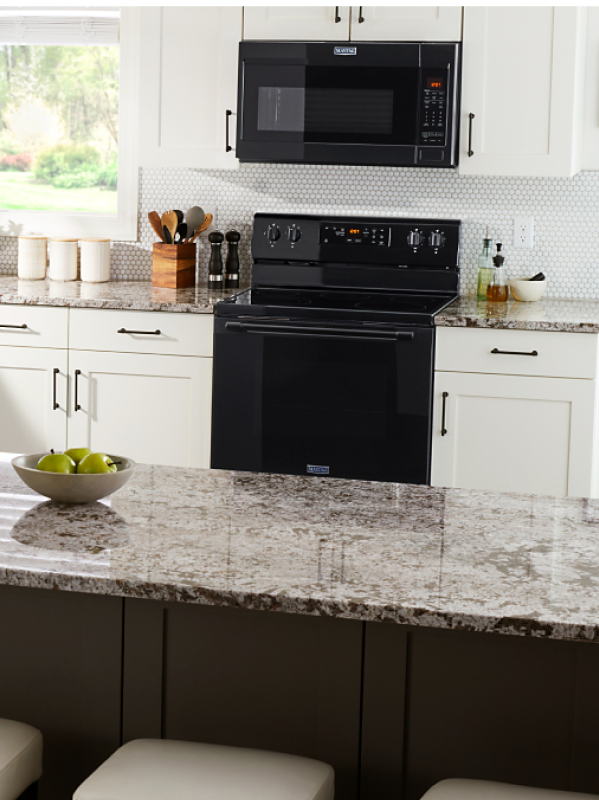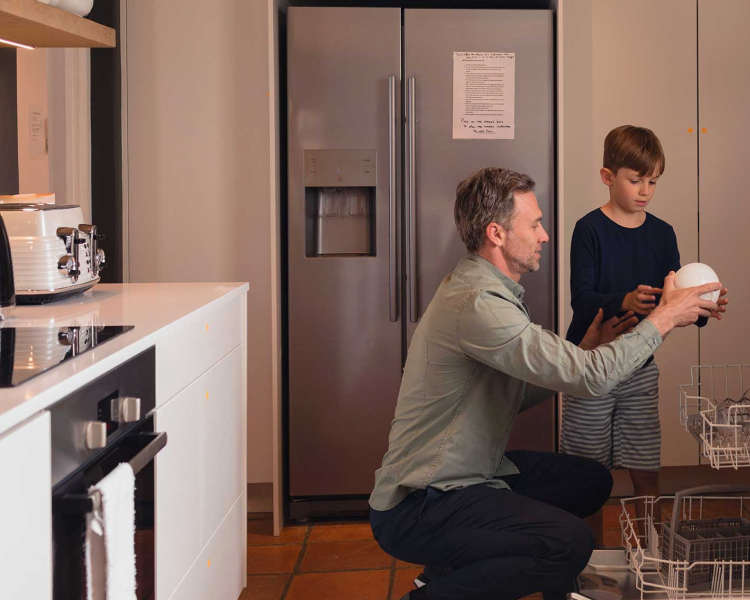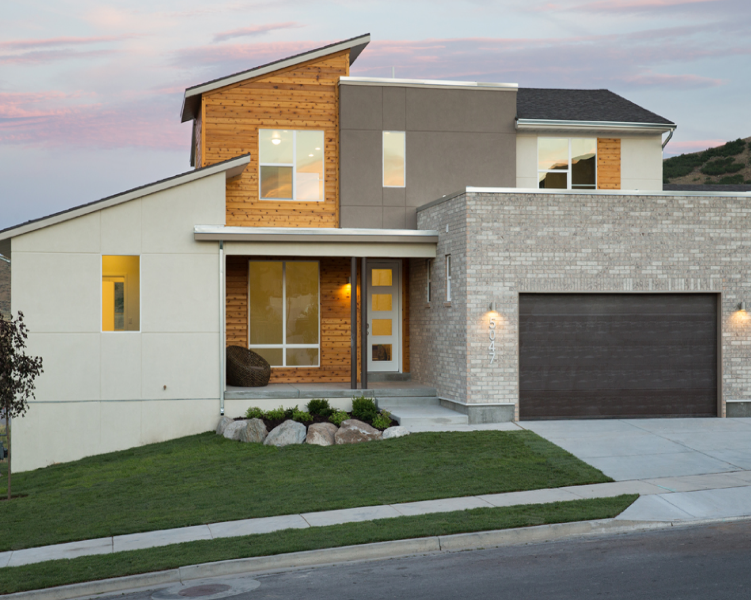In this recent era, where civilization is blind without energy, it’s high time we became energy efficient. This is why energy monitoring plugs have been gaining so much popularity in the past decade.
Even though they have been in the market for a fairly long time before smart plugs came out, most of us are shifting towards smart plugs. And there are a lot of reasons behind it.
However, it’s not uncommon to still be conflicted between energy monitoring plugs vs smart plugs. So, without further delay, let’s get right into it.
- Difference Between Energy Monitoring Plug Vs Smart Plug
- Benefits Of Smart Energy Monitoring Plug
- Drawbacks Of Smart Energy Monitoring Plug
- Best Energy Monitoring Smart Plugs To Help Reduce Your Energy Bills
Difference Between Energy Monitoring Plug Vs Smart Plug
Before making a decision it’s crucial to know what exactly are the options. So let’s take a brief glance at what are energy monitoring plugs and smart plugs, and the difference between them.
An energy monitoring plug helps track how much energy a specific device is using. So it merely tracks the energy consumption and usually shows it on a small screen located on the plug.
On the other hand, smart plugs are also energy monitoring plugs but smart. So, it can do everything an energy monitoring plug can do and more! From turning on/off the connected device to monitoring energy usage to scheduling routine, you can do all these with smart plugs.
Benefits Of Smart Energy Monitoring Plug
Say No To Phantom Load
Having vampire appliances at home is no unexpected scenario. For an average household, these appliances absorb almost 10% of the total energy consumption. This extra energy can hike up the electricity bill an additional 100$ to 200$, sometimes even more. The worst part of it is these devices continue to consume power even when they are turned off which is called phantom load.
Fortunately, this problem can be easily solved by using smart plugs. Smart plugs keep an eye on the connected appliances and prevent vampire draw by turning them off from the source.
And the best part is that they can do it automatically without your constant supervision. Just set up a timer for when you want them off or for a better measure, with a few taps on the apps, you can turn them off yourself.
Now you're safe from phantom load and your energy bill is less likely to put a dent in your pocket.
Real-Time Energy Monitoring
For monitoring how much energy your appliances are consuming regularly, there are no better alternatives than smart plugs. The real-time energy monitoring feature monitors and records the energy consumption data of different devices on the related app and even provides suggestions on where you can minimize it.
Simultaneously, it also provides detailed insight into whether there is any unusual energy load or which of your home appliances is responsible for the high electricity bill. And while it is extremely cost-efficient, it also saves the environment through energy reduction.
Reduce Energy Bills
The main purpose of using smart plugs is to be able to control your electrical devices remotely. With the related app, you can turn on/off your devices so they don’t run uselessly when you are not at home.
Whether you are at your office or on a vacation, smart plugs can provide a connection to your appliances at home to make them smart appliances. So you don’t need to sweat if you leave the lights on at home and risk hiking up the electricity bill.
Save Your Time And Effort
The benefits of smart plugs are plenty but the best of them is that they can save a big chunk of your time and effort if utilized effectively. Apart from turning on/off devices remotely, most smart plugs can schedule routines for these operations. So, devices that require routine management such as porch lights, garage doors, etc can work without needing any intervention.
Not only that it saves a lot of time and effort, but it’s also reassuring to be able to do these without being at home.
Ensure Safety And Security
Last but not the least, smart plugs can play major roles in the safety and protection of your home. When you are on vacation for a long time, scheduling smart plugs to turn on the light for a specific time of the day can indicate that the house is not empty. It helps keep away thieves and burglars.
On the other hand, they can detect electricity overload at any outlet and send alerts on possible safety hazards. For long-term plugged-in devices, if there are cases of overheating, it can also automatically turn them off to prevent fire and short circuits.
Drawbacks Of Smart Energy Monitoring Plug
Just like everything else, smart plugs have some drawbacks as well.
Higher Price Point
One of the main reasons people tend to avoid smart energy monitoring plugs is their high price point. Most of the time, smart plugs can cost even double the cost of standard energy monitoring plugs. Plus if we consider the number of smart plugs you’ll need to cover all the electric appliances at your home, the total can be a pretty hefty sum.
Even though you're more than likely to offset the cost in a few years, it’s easy to think of them as a waste of money.
Accommodation Issue
Another drawback of smart energy monitoring plugs is they take up more space than traditional plugs. Especially the ones that come with small screens to show energy usage. So if you intend to set them up in a tight compact space, you might need to think of another solution.
Besides more often than ever, smart plugs can obstruct the reach to nearby outlets due to this problem.
Even though the brands are trying to come up with smaller and more compact models in recent days, the accommodation issue still stands with most models. To top it off, smaller models tend to have fewer features as well, so careful planning is needed before getting one.
Compatibility With Devices
Having compatibility issues with the devices and the smart plug is not as common as other drawbacks. Still, we can’t rule it out of the picture.
Especially with complicated devices like air conditioners, thermostats, etc, we like to customize the setting per our daily activities and routine. However, using a smart plug to turn these devices on/off can remove all these customizations and we will need to set them up from scratch each time.
Not to mention, many devices require specific brands and are only compatible with them. Even though most smart plugs these days come with specific apps to control them through Android and iOS, it’s still a possible setback that you may encounter.
Continuous Wifi Connection
While smart plugs have made our life much easier with the option to check on the electric appliances at our home, it needs a continuous wifi connection to do that. All smart plugs operate through related apps so we can control them from anywhere in the world, as long as there is an internet connection. That being said, if the wifi is down or the electricity is gone home, you can’t use the smart plugs and subsequently can’t turn anything on/off.
This also applies at times when the connection doesn't have enough coverage where you are.
Best Energy Monitoring Smart Plugs To Help Reduce Your Energy Bills
Here are some smart plugs that you can use for your smart home.
EVVR Energy Monitoring Smart Plug & Relay
The last product on our list is from EVVR. This one is a combination of Energy monitoring Smart plug and relay.
The great thing about EVVR smart plug is that you can use them with both older appliances and any new ones due to their amazing compatibility. As a bonus, you can also pair them up with Apple Homekit to voice control them.
As for accommodation, it’s small and designed to split up into extensions. This specific design solves the problem of blocking nearby outlets effortlessly. Plus the places where it’s hard to reach and devices that require long-term connection, EVVR smart plugs are ideal for them.

Operating the plug is also a piece of cake with the EVVR App. It can turn on/off any item over wifi, eliminates phantom load at the connection, and monitors energy to provide an efficient energy solution.
Moreover, it includes overload and thermal protection so there’s a lesser chance of safety hazards.
Pros
- Compatible with Apple Homekit
- Ease of installation
- Comes with overload and thermal protection
- User-friendly app
- Real-time energy monitoring
Cons
- A bit expensive
Meross Smart Plug
Speaking of smart plugs, let’s start with a familiar name. Meross smart plugs have been in the market for a fairly long time and there are a lot of reasons behind their success.
This one is a single outlet that we can use with light, fan, tv, and most other electronic devices. Being small in size, they can be easily accommodated in tight spaces and don't necessarily block access to nearby outlets. Another great thing about its design is its low-key appearance which helps blend in with the surroundings much easier.
All Meross smart plugs come with their own apps that you can use to turn on/off the devices and even schedule an operation routine. Plus you can connect them to your Voice controlled system such as Amazon Alexa and Google Assistant.
As for the installation, they couldn't have made it easier. All you need to do is plug it in, download the Meross app, connect through wifi and they are ready to go.
The plugs also have an additional button on them so you don't have to always rely on the app to turn them on/off.

Pros
- Compatible with Amazon Alexa and Google Assistant
- Small and compact
- Easy to set up
- The app is easy to comprehend
- Great usability
Cons
- Can connect to only one device at a time
- A bit on the pricier side for a single plug
TP-Link Kasa Smart Plug
Next, we have another popular product which is TP-Link Kasa smart plugs. All TP-link products are usually good in value and this one is no different.
The design is slightly bigger than many other brands but not outrageously so. Some of their newer models are also made smaller to not block neighboring outlets.
In a single package, you will get four plugs but if you are planning for a smart home project, this should not be a problem.
The installation is easy with a simple plug-in process. There’s a LED light that indicates when it’s paired with the related app. You can use a ton of commands through the app like remotely turning them on/off whenever you want, scheduling them to operate at a specific time, monitoring real-time energy usage, etc.
The most remarkable thing about Kasa smart plugs is their compatibility. You can sync these plugs to most smart home platforms and supporting third-party platforms is an issue either. To top it off, they also support voice-controlled platforms like Amazon Alexa, Google Assistant, etc.

Pros
- Affordable
- Third-party support is admirable
- Compatible with most smart home platforms
- Fairly small
- Easy plug-in installation
Cons
- Comes as a package of four plugs, not sold separately
- Not compatible with Apple Homekit
Conclusion
While we can’t deny that energy monitoring plugs can do their job very well, it’s also true that smart plugs are more functional in every way. They are flexible, more appropriate, and extremely efficient. Hopefully, this discussion has cleared your confusion about energy monitoring plugs vs smart plugs. To know more, reach out to us.











